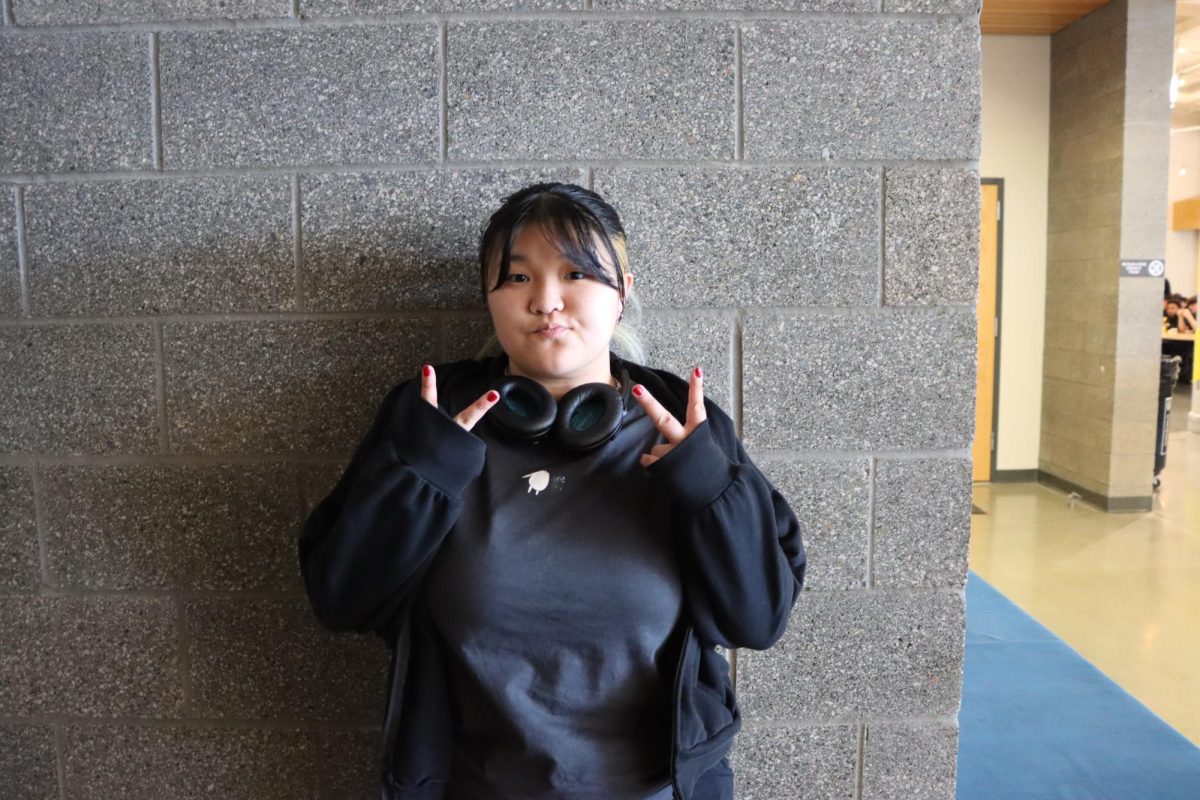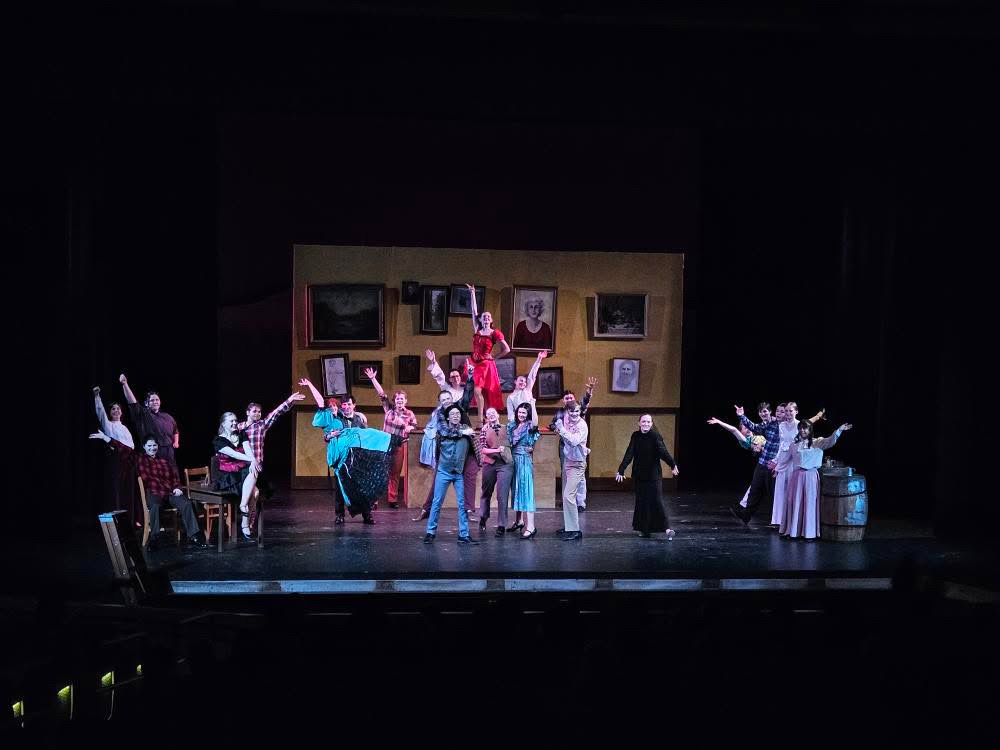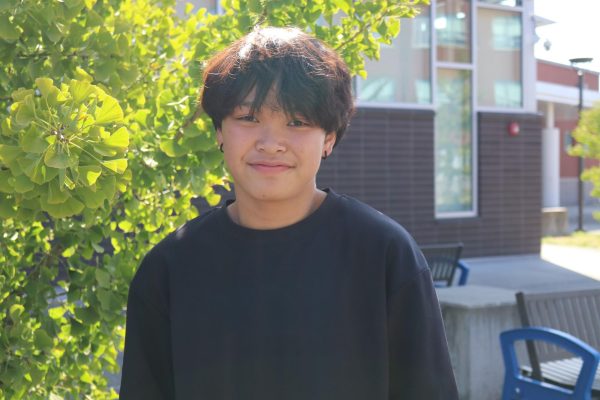As the days get shorter and the weather gets colder, new relationships begin to blossom. This phenomenon is known as “cuffing season”. This period, spanning from late fall to the end of winter, involves a surge in people looking for temporary romantic partners to spend the holidays with. While some dismiss it as a seasonal social trend, cuffing season reveals a ton about human behavior and our need for connection.
So, why does cuffing season happen? The answer lies in a mix of environmental and psychological factors. First and foremost, the changing seasons play a significant role. As temperatures drop and daylight hours lessen, people tend to spend more time indoors. The lack of sunlight can lead to mild winter blues, making individuals crave companionship to combat feelings of loneliness. The holidays, with their emphasis on family, love, and togetherness, make this desire even stronger. There’s often pressure to avoid showing up to festive gatherings solo, and so many feel the need to find someone to share these moments with, even just temporarily.
Technology has also made cuffing season more visible. Dating apps and social media platforms make it easier to find potential partners, catering to the seasonal demand for connection. Memes and pop culture references about cuffing season have normalized the concept, turning it into a widely recognized cultural moment. What was once an unspoken pattern of behavior has become a self-aware trend, where people openly declare their intent to find a winter partner.
However, cuffing season still has its cons. Some argue it trivializes relationships, reducing them to mere seasonal fixes rather than meaningful connections. Entering a partnership with the mindset that it has an expiration date can also lead to emotional complications. One person may take the arrangement more seriously than the other, resulting in mismatched expectations and potential heartbreak—much like the way situationships often end
On the flip side, cuffing season isn’t inherently negative. For many, it’s an opportunity to explore companionship without long-term pressure. It can be a reminder of the importance of human connection during a time when isolation is common. And while not all cuffing-season relationships last beyond spring, some do blossom into enduring partnerships, defying their seasonal origins.
Ultimately, cuffing season is a reflection of our innate need for connection—a reminder that even in the era of digital independence, humans crave closeness, warmth, and intimacy. Whether you view it as a lighthearted trend or a deeper commentary on modern relationships, it’s undeniable that cuffing season captures a unique interplay between culture and the human experience. So, as winter approaches, consider whether you’ll participate in the season’s rituals or simply observe from the sidelines. Either way, cuffing season offers a fascinating glimpse into the ways we navigate love and companionship in response to the rhythms of life and nature.







